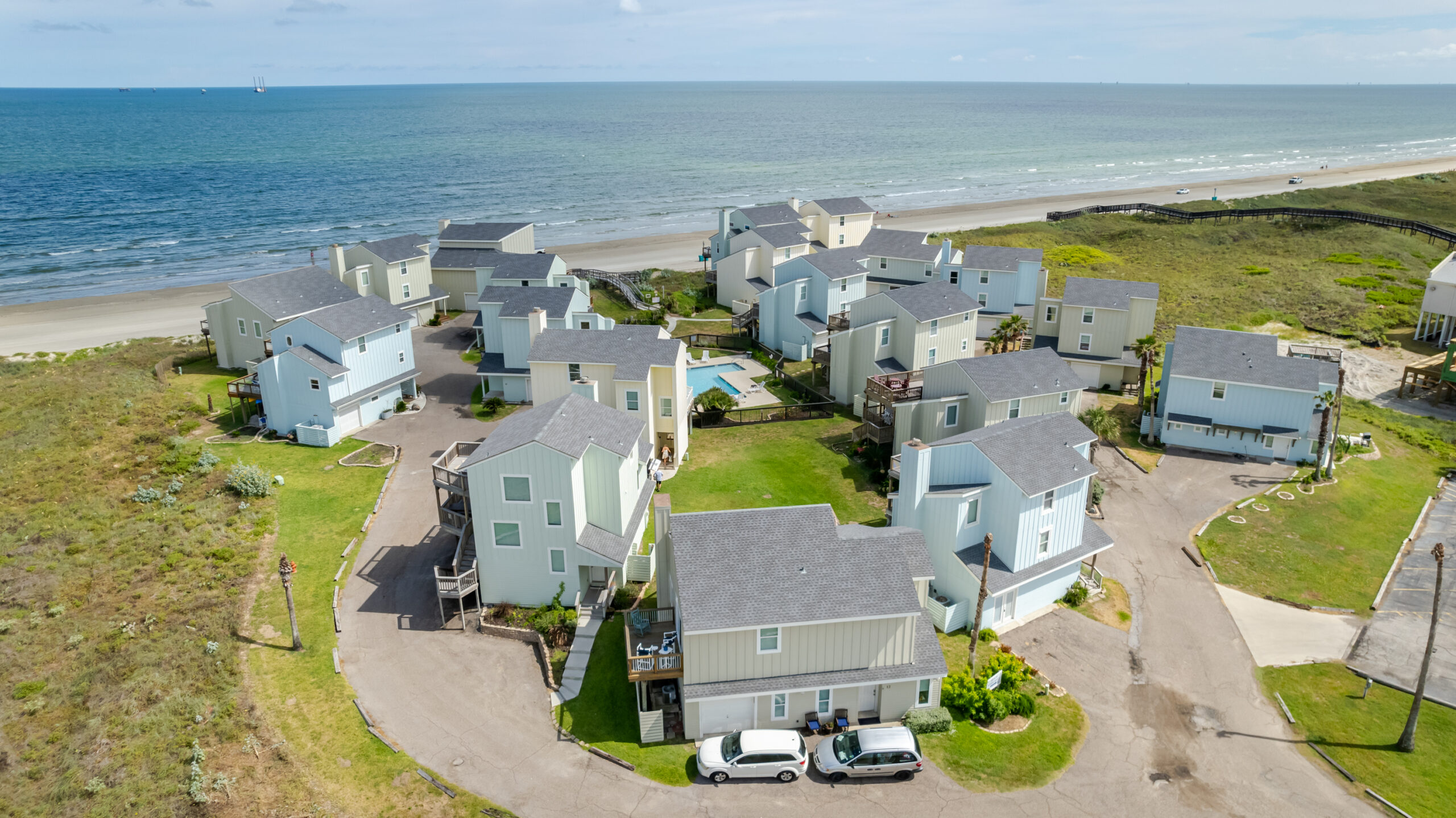Understanding Low Slope Roofing Materials Installation and Maintenance
When it comes to low-slope roofing, proper material selection, installation techniques, and regular maintenance are crucial for ensuring durability and longevity. Unlike steep-slope roofs, which shed water more effectively, low-slope roofs require specialized attention to prevent water infiltration and structural damage. In this guide, we'll explore the key aspects of low-slope roofing, including materials, installation methods, and maintenance tips.
Understanding Low-Slope Roofing
Low-slope roofs, typically defined as having a slope of 2:12 or less, present unique challenges compared to steep-slope roofs. The primary concern with low-slope roofing is managing water runoff effectively. Unlike steep-slope roofs, where gravity assists in shedding water, low-slope roofs rely on membranes and other materials to prevent water from pooling and infiltrating the structure.
Materials for Low-Slope Roofing
-
Built-Up Roofing (BUR): BUR systems consist of multiple layers of bitumen alternated with reinforcing fabrics. These layers create a durable, waterproof membrane. BUR systems are time-tested and offer excellent protection against the elements.
-
Single-Ply Membranes: Single-ply membranes, such as TPO (thermoplastic polyolefin), PVC (polyvinyl chloride), and EPDM (ethylene propylene diene terpolymer), are popular choices for low-slope roofs. These membranes are lightweight, flexible, and resistant to UV rays and weathering.
-
Modified Bitumen: Modified bitumen roofing blends asphalt with modifiers like rubber or plastic to enhance flexibility and durability. These sheets are typically heat-welded or cold-applied to create a waterproof barrier.
-
Metal Roofing: While often associated with steep-slope roofs, metal roofing can also be used on low-slope applications. Standing seam metal roofs offer excellent durability and longevity, along with the ability to shed water effectively.
Installation Techniques
Proper installation is critical for the performance of a low-slope roof. Here are some key considerations:
-
Deck Preparation: Ensure the roof deck is smooth, clean, and free of debris before installing the roofing material. Proper substrate preparation is essential for preventing moisture infiltration and ensuring adhesion.
-
Flashing and Edging: Pay close attention to flashing details, particularly around roof penetrations such as vents, chimneys, and HVAC units. Properly installed flashing helps prevent water intrusion at vulnerable points.
-
Seam Integrity: Whether using BUR, single-ply membranes, or modified bitumen, ensuring seam integrity is crucial. Improperly sealed seams can compromise the waterproofing of the roof system.
-
Drainage Design: Design the roof with adequate drainage in mind, incorporating tapered insulation or crickets to direct water towards drains or scuppers. Proper drainage minimizes the risk of ponding water, which can lead to leaks and structural damage.
Maintenance Tips
Regular maintenance is essential for preserving the integrity of a low-slope roof. Here are some maintenance tips:
-
Inspections: Conduct regular inspections to identify any signs of damage or deterioration, such as cracks, punctures, or loose seams. Addressing issues promptly can prevent more extensive damage.
-
Clearing Debris: Keep the roof surface clear of debris, such as leaves, branches, and trash, which can impede drainage and promote water ponding.
-
Gutter and Drain Maintenance: Clean gutters and drains regularly to ensure they remain free-flowing. Clogged gutters can lead to water backup, which can damage the roof and underlying structure.
-
Professional Maintenance: Schedule regular maintenance inspections with a qualified roofing contractor to identify and address any issues before they escalate.
low-slope roofing requires careful consideration of materials, installation techniques, and maintenance practices to ensure optimal performance and longevity. By selecting the right roofing materials, employing proper installation methods, and implementing regular maintenance routines, property owners can protect their investment and safeguard their structures against the elements.
For more info:-

Comments
Post a Comment